Aloe spinous: description and care at home
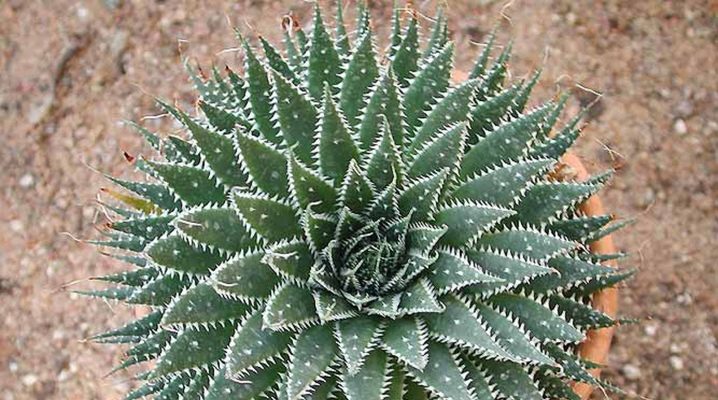
Aloe spinous is a fairly common plant. It grows at a fast pace, forming a decorative mass. The leaves are narrow with pointed tips. Aloe does not have any special care requirements, so it is very easy to grow it.
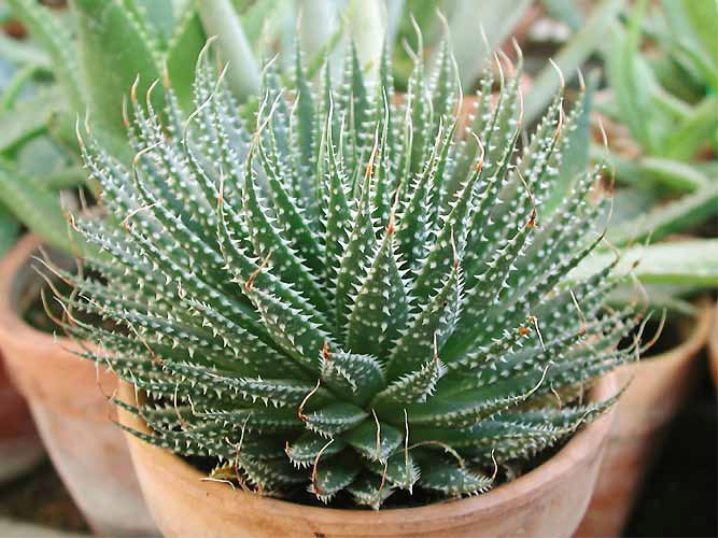
Plant characteristic
Aloe spinous (Latin name "aloe aristata") belongs to the asphodelic family. Refers to long-term herbaceous crops. Its peculiarity is that it is able to accumulate moisture in the leaves. The habitat is the southern part of the African continent. The type of aloe that grows there is often called haworthia. The size of the plant at home is 22 cm. The stem is low. Miniature shrub.
The leaves are distinguished by their juiciness and thickness, they have serrations. Their colors are green, interspersed with white flowers, they grow in a spiral. The size of the leaves can reach 10 cm. Along the edge of the leaf and at the tips there are awns, which are threadlike spines of white color. This is the difference between spinous aloe and other species. Leaves form wide rosettes up to half a meter wide. The plant develops quickly, up to 10 leaves are formed in a year.
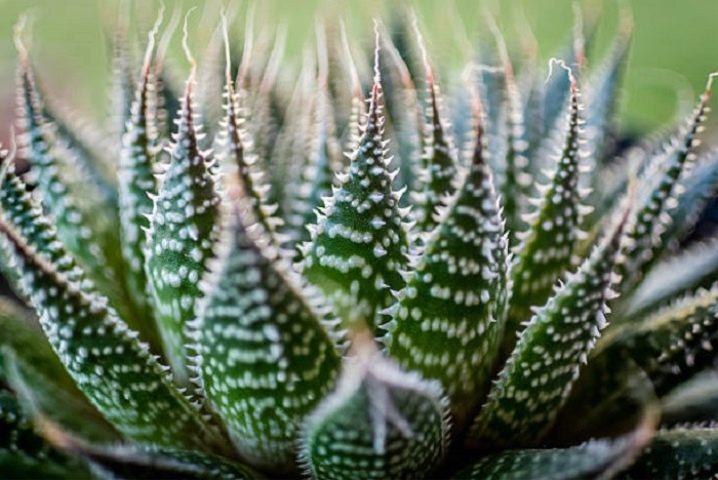
Flowers of a warm sunny shade are on a long stem, have an oblong shape, tubular, collected in a brush. The color of the flower of aloe aristat is the main difference from haworthia, which has flowers of a greenish tint. The root system is superficial and highly branched.
It usually blooms in May-June. The plant produces a stem, at the top of which are inflorescences that look like an ear.
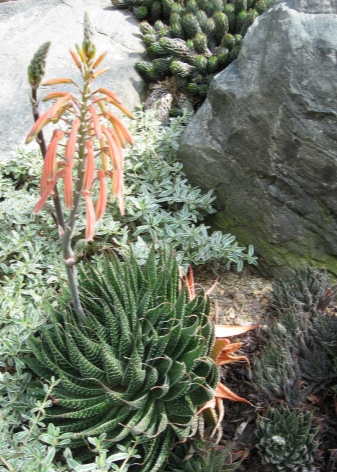
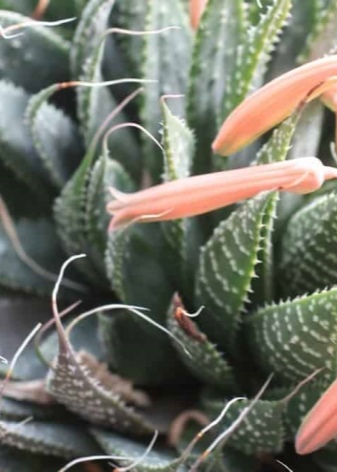
Therapeutic features
This plant is unique in its structure. It contains a set of amino acids such as lysine, glycine and many others. In addition, aloe contains polysaccharides and flavonoids, a whole range of vitamins and minerals.
The benefits of this plant are known in several ways. Its juice is used for wound healing and as a disinfectant. The preparations created from this plant are used in various fields of medicine: dentistry, urology, gynecology. As a folk remedy, aloe juice is used in case of a lack of vitamins, treats diseases of the eyelids and eyes.
The juice is used both externally and internally. For cosmetic purposes, they are used in the manufacture of creams, shampoos for seborrhea, various sprays designed to prevent hair loss.
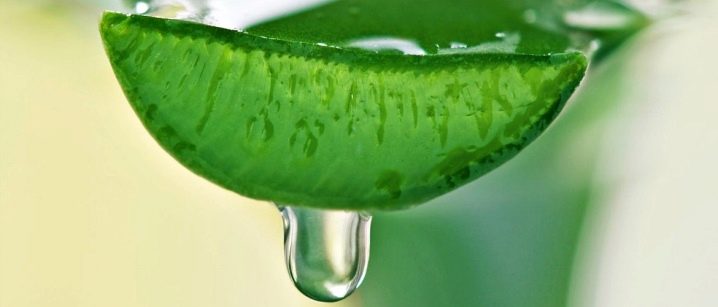
Care
Home care comes down to maintaining the optimum temperature for this crop. Aloe is very thermophilic and the most suitable temperature for growing is + 23-28 degrees. It tolerates too high temperatures and drought very well.
During the dormant period, you need to ensure that the temperature in the room where the plant is located is not lower than +12 degrees. In summer, it is better to put the flower on open verandas, he loves the flow of fresh air very much.

Watering
Here, care must be taken and in no case should the soil become waterlogged. The flower feels better during a drought than with a strong waterlogging. You only need to water the ground, and in small portions. In summer, watering is carried out when the soil layer dries out to a depth of 1.5 cm. In winter, it is watered twice every 30 days. In the event that the container with a flower is close to heat sources, then you can water it more often.
The main thing for spinous aloe is that the soil should not be too wet. Spraying is destructive for a flower. It is not necessary to increase the humidity level in the room above 30-40%. After watering, the soil must be loosened so that it is saturated with oxygen. Water for irrigation should be lukewarm, standing for several days.
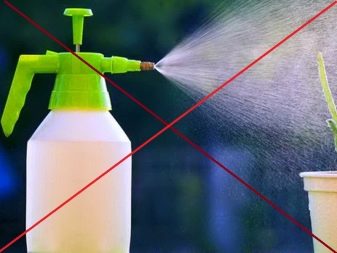
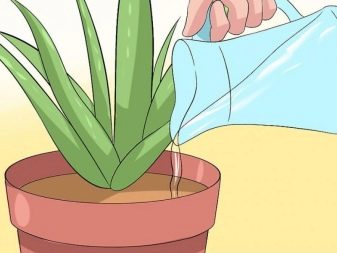
Lighting
Aloe likes light, but it must be kept out of the sun. Therefore, a container with a flower is located in the southeastern or southwestern part of the house. If the plant lacks lighting, the stem will grow slowly and bloom poorly. In winter, the plant needs additional lighting if the flower is in a place where there is not enough light.
Pruning
Pruning is not necessary for this type of aloe. Only sanitary pruning is performed during transplantation. During it, dried and damaged leaves and stems, as well as roots damaged by diseases, are cut off.
After the plant has faded, dry inflorescences and shoots are removed.
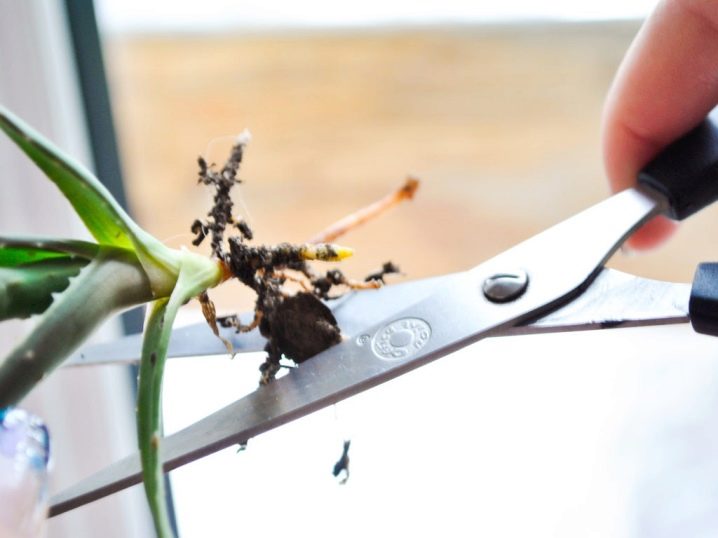
Fertilizer
The plant is fed during growth using special fertilizers designed for this type of plant.
Fertilize twice every 30 days after watering.
Container for planting
The plant is unpretentious, so any container is suitable for it. The container should be shallow, but wide, taking into account the structure of the roots.
During planting, the branched outgrowths should be free in the container.
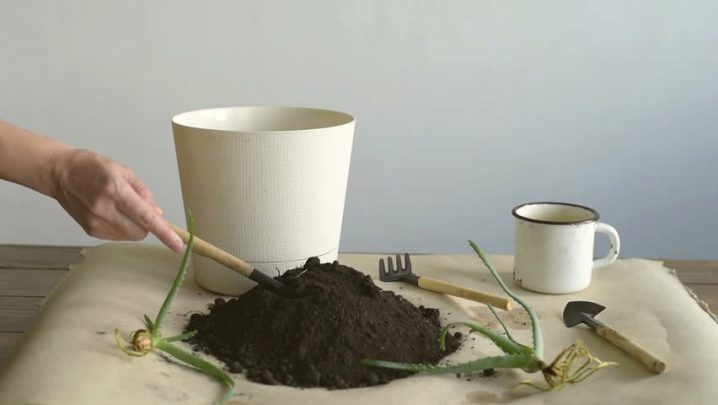
Transfer
This process usually takes place in March-April. Young aloe is transplanted annually. And adult plants can be replanted after a year. The substrate for planting aloe should be light and loose. You can use a special soil for cacti, or you can prepare the substrate yourself. To do this, you need to take:
- sod land - 2 parts;
- sheet soil - 1 part;
- sand - 1 part.
At the bottom of the container, it is necessary to lay expanded clay drainage. You can add peat to make the soil more acidic.
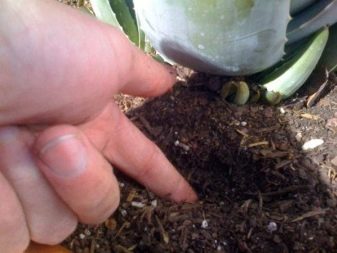

The planting procedure is quite simple:
- soil is poured into the container and moistened;
- the flower is transplanted with an earthen clod on the roots using the transshipment method;
- the plant is not placed in the sun, accustoming it to it gradually.
The temperature in the room where the container with the plant is placed should be + 20-25 degrees.
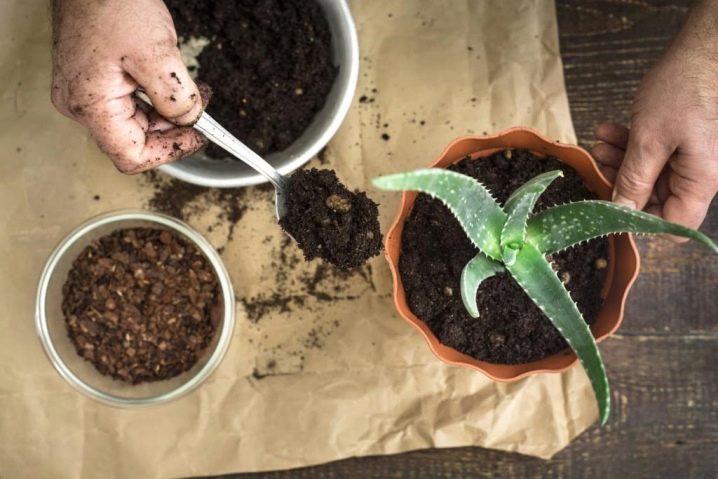
Reproduction
This process is done in a variety of ways.
- Cuttings from stems. This is the best way for this plant. Cuttings can be detached from a flower over three years old, at the bottom of the outlet. The cuttings obtained are cut with charcoal and dried in the shade during the day. They are planted in moist soil. In this case, small containers are used, because it is not necessary to immediately plant a flower in a large container. Now you need to moisten the substrate from time to time. After the cuttings are "accepted", they are seated in containers. For plants to take root, a temperature of up to +20 degrees and a lot of light are needed.
- Leafy cuttings. This method of propagation is less successful because the leaves in most cases rot and the plant takes root slowly. The scheme of this method of reproduction boils down to the fact that first the leaf is separated from the adult plant. It is kept in a cool place during the day to dry out. The cut site is treated with an agent that is used to increase growth. Drainage and soil are placed in the container, the leaves are placed with a depth of up to 3 cm. The top must be covered with a film. This mini greenhouse needs to be ventilated daily. The plant will be "accepted" within 14 days.

Diseases and pests
Diseases and pests of aloe occur due to improper watering.
Diseases.
- Gray or root rot. Appears from over-watering. Spraying aloe with insecticides, replacing soil, transplanting will help here.
- Spider mite. It appears from the heat and from the constant presence of the flower in an unventilated room. In this case, treating the leaves with soapy water or methanol diluted with water in proportions of 1 to 1 will help.
- Spots on the leaves. May form when the temperature drops.
If the temperature in the room drops sharply, then shoots stretch out and decorative properties are lost. When the leaves begin to dry out, the flower needs to be transplanted, as the reason may be limited space for the roots. When the leaves grow and when they begin to thin out, insufficient lighting or low watering may be the reason. The appearance of brown dots indicates a lack of some trace elements.
When the leaves fall off, you should pay attention to the temperature of the water, it may be too cold.
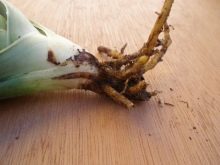
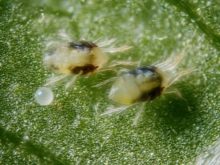
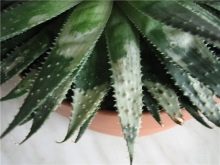
Pests.
- Mealybug. They can be identified by the small white lumps that form on the plant. Spraying with an insecticide allows you to get rid of this scourge.
- When strips of a silvery shade appear on the leaves, it means that the plant is attacked by thrips. In order to destroy them, aloe is treated with chemicals, after seven days the procedure is repeated to destroy all the larvae.
- If the leaves become covered with a syrup-like substance, aloe has been attacked by a scabbard sucking juice from the plant. To combat them, the culture is treated with soapy water.
If there are signs of aloe infection with diseases or pests, then it must be isolated so as not to infect other flowers.
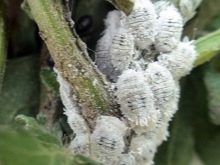
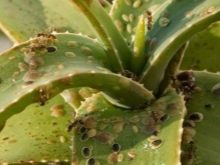

Reviews
The responses of flower growers to this plant are only positive - everyone notes its undemanding care and useful properties.
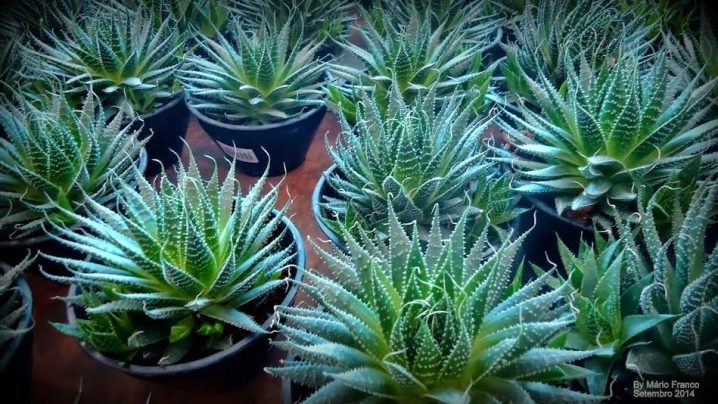
For an overview of aloe spinous, see below.


















































The comment was sent successfully.